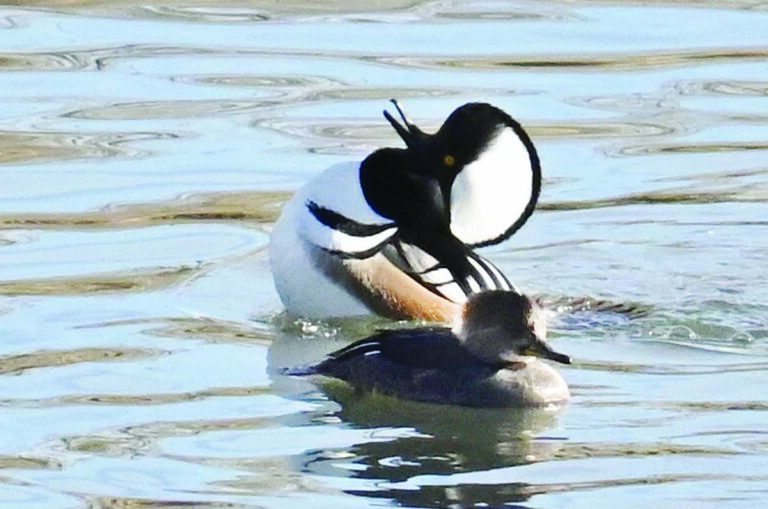Welcome to December nature lovers. Ken Hall, aka Bird Nut, aka Nature Nut, here.
On an almost weekly wander last week with my sister along the greenbelt, I was going through the many positives of a certain plant seen there. I’m speaking of Rabbit Brush. A commonly seen, native plant in Colorado. Wheat Ridge Parks has done an outstanding job of preserving this highly important plant. It’s easy to find and recognize once you know where to look, and what to look for. And you don’t have to look far. Just park at the Youngfield lot. Wander 50 yards east and look to the south of the never open restrooms. There is an entire field of Rabbit Brush. It continues all the way around the south side of Youngfield Lake and on the east to Bass Lake. It grows in very thick patches. Averaging about four feet in height. It has beautiful green foliage in Spring. Setting on bloom buds in Summer. Opening up to a gorgeous yellow blossomed canopy from July to October. Then the blossoms give way to seed heads that carry through winter.
Now you might ask what is the Birdnut doing talking about plants. Along with Milkweed, Sunflowers, Thistle and the invasive Mullion, Rabbit Brush is a highly important plant in our ecosystem. I would have to say more so than the aforementioned plants. Because it’s nature’s gift that just keeps on giving.
It can be a bit tricky to maneuver through. Tripping, snagging clothing, or lighting up one’s allergies, but it’s worth it. There is an entire wildlife world going on in that patch of brush. The other day, feeling under the weather, and lacking energy, I will go to the Rabbit Brush, and just listen and watch. All at once it will just come to life, and I have not even moved. This time of year I enjoy the challenge of photographing the small birds that call it home. I have snapped pictures of Goldfinches, White Crowned Sparrows, House Finches , Cedar Waxwings, Says Phoebes, Bushtits and more that my aging brain isn’t remembering. I say a challenge to photograph because they prefer to hide out at the base of the plants. You need to be quick when they pop out. The seeds the brush provides is the majority of winter food for many.
I am also a bee and butterfly nut. When in bloom the nectar rich yellow blossoms are literally abuzz with bees. Predominantly Honey Bees. It is the bees last food source in the fall, lasting into October. It is also a butterfly magnet. I have photographed likely 50 different types of butterflies. Favorites being Monarchs, and Swallowtails.
Standing in that same patch in the Spring I had a Cottontail Rabbit literally run over my foot. Coming hot behind it, a Red Fox. I have seen Coyotes several times. And one day a gorgeous Whitetail Buck stood up not 15′ away. Now keep in mind, Rabbit Brush is thick and tall, so what you see will be close. Always use caution.
I would highly recommend a bit of time spent in the Rabbit Brush patch. It’s a great thing to do on a cold, blustery day. The wildlife will be there. It is their winter home. Binoculars are highly recommended. Hope to see you in the brush patch.






